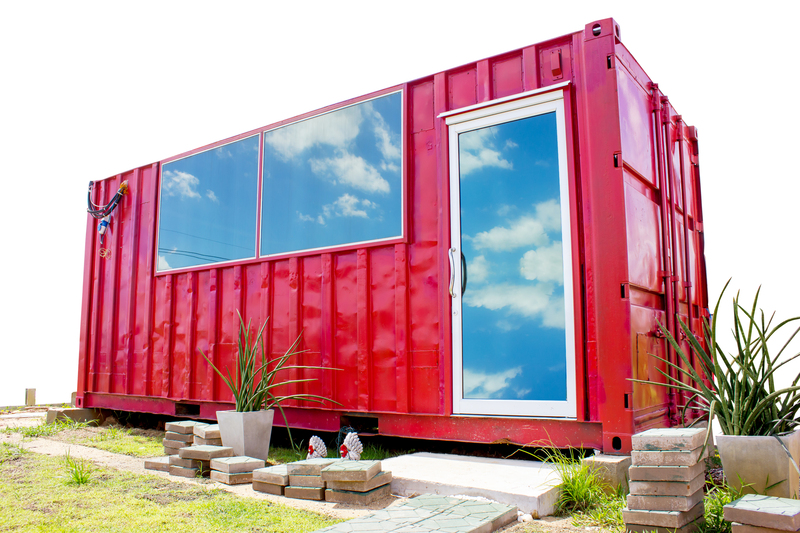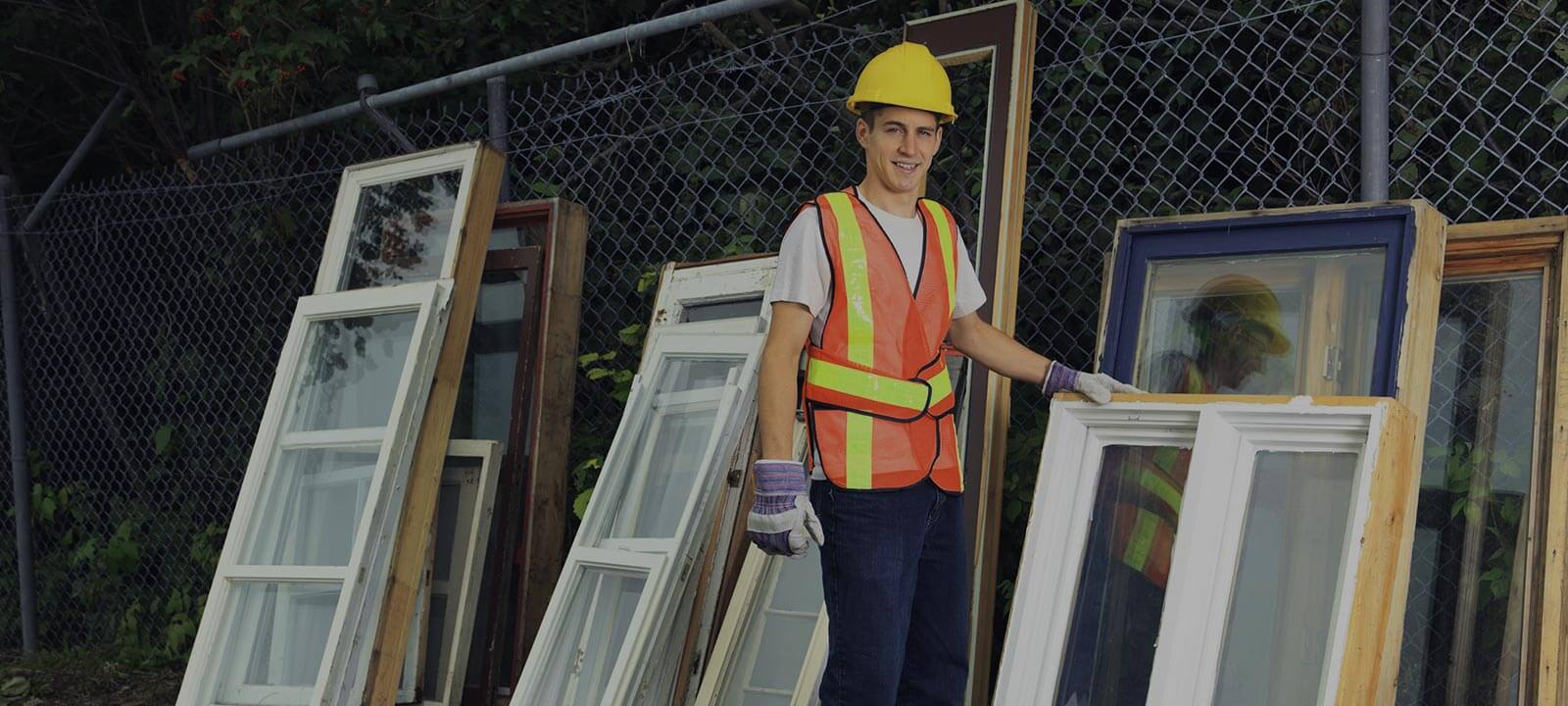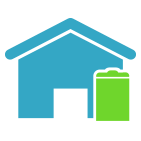The Process Behind Your Community's Recycling Plan
Posted on 26/06/2024
From packaging to food scraps, paper waste to plastic bottles, recycling has become an essential part of our daily lives. The idea of reducing our carbon footprint and preserving the environment has garnered a lot of attention in recent years. And with the current state of our planet, it's no wonder that communities are taking action and implementing recycling plans.
But have you ever wondered what goes into creating and executing a successful recycling plan? In this article, we will take a closer look at the process behind your community's recycling plan, including its benefits and potential challenges.
The Importance of Recycling in Our Communities
Recycling is the process of converting waste materials into reusable products. By doing so, it reduces the amount of waste sent to landfills and incinerators, minimizes pollution, and conserves natural resources. Recycling also plays a crucial role in reducing greenhouse gas emissions, which contribute to climate change.
In recent years, more and more communities have started implementing recycling programs as a way to manage waste and promote sustainability. These programs involve collecting materials like paper, plastic, metal, and glass from households and businesses and sending them to facilities where they can be sorted and processed.

The Process Behind Your Community's Recycling Plan
1. Assessment
Before creating a recycling plan, it's essential for communities to assess their current waste management situation. This includes evaluating the types of waste produced, the quantity, and how it is currently being managed. This step helps identify areas for improvement and determine the type of recycling program that would best suit the community's needs.
2. Setting Goals
Once the assessment is complete, communities can set specific goals for their recycling plan. These goals may include increasing the recycling rate by a certain percentage or reducing landfill waste by a certain amount. Having clear objectives helps guide the rest of the process and measure success.
3. Planning
The planning stage involves deciding on the logistics of the program - such as collection methods, frequency, and transportation. Communities may choose to have curbside collection, where recyclables are picked up from households, or have designated drop-off locations for residents to bring their materials. They also need to consider the cost and feasibility of these options.
4. Coordination
To ensure the smooth execution of the recycling plan, it's crucial for communities to establish partnerships with local waste management companies and recycling facilities. These relationships help in the proper disposal of collected materials and reduce any potential disruptions in the process.
5. Education and Communication
One of the critical aspects of a successful recycling plan is educating and communicating with residents about the program. This involves informing them about what can be recycled, how to properly sort materials, and why recycling is essential for the environment. Communities can also use social media, flyers, or workshops to spread awareness and encourage participation.
The Pros and Cons of Recycling Plans
Pros:
- Helps reduce waste sent to landfills
- Conserves natural resources
- Reduces pollution and greenhouse gas emissions
- Promotes sustainability and environmental responsibility
- Creates job opportunities in the recycling industry
Cons:
- Requires significant initial investment for equipment and infrastructure
- Can be costly to maintain in the long run
- Relies heavily on consumer participation
- Some materials may not be economically feasible to recycle
- Not all areas have access to recycling facilities
Tips for Successful Recycling Programs
1. Involve the community: Engaging with residents and businesses is essential for a successful recycling plan. Involving them in the process and educating them about its benefits can increase participation rates.
2. Evaluate regularly: It's crucial to continuously assess and evaluate the effectiveness of the program. This allows communities to identify any challenges or areas that need improvement.
3. Consider incentives: Some communities offer incentives such as discounts on utility bills or rewards for participating in recycling programs. These incentives can motivate residents and businesses to recycle more.
4. Be consistent with messaging: Consistency is key when it comes to educating and communicating with the community about recycling. Ensure that the message is clear and repeated frequently to promote awareness and understanding.

Takeaways
Recycling plays a crucial role in reducing our environmental impact and promoting sustainability. The process behind creating and executing a successful recycling plan involves assessing current waste management, setting goals, planning, coordinating with partners, and educating the community. Though there may be challenges along the way, with proper execution and regular evaluation, recycling programs can have a significant positive impact on our communities.
Conclusion
As we continue to face pressing environmental issues, implementing effective recycling plans in our communities is more important than ever. By understanding the process behind these plans and working together with residents and partners, we can make a positive impact on our environment and build a more sustainable future for generations to come. So let's do our part and start recycling today!










